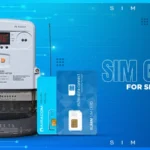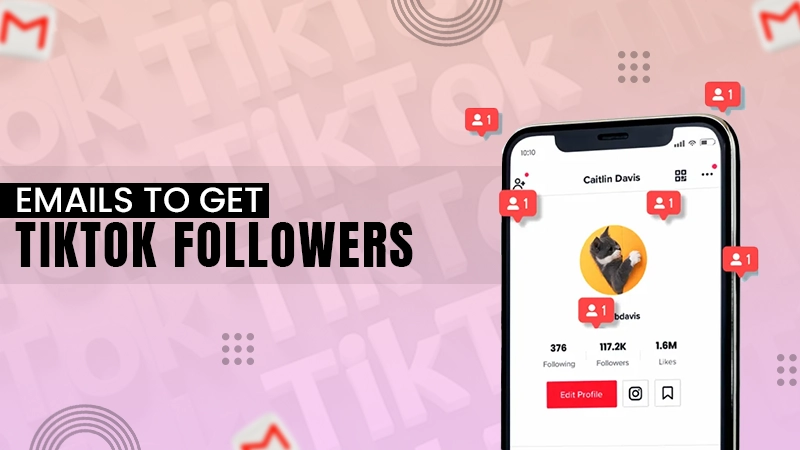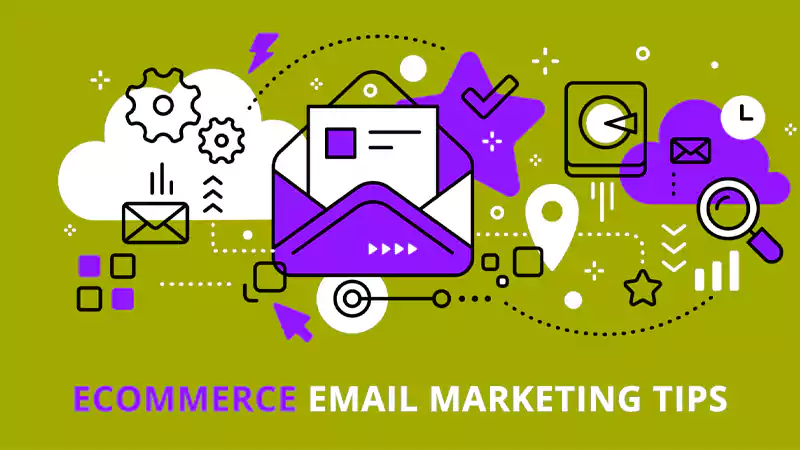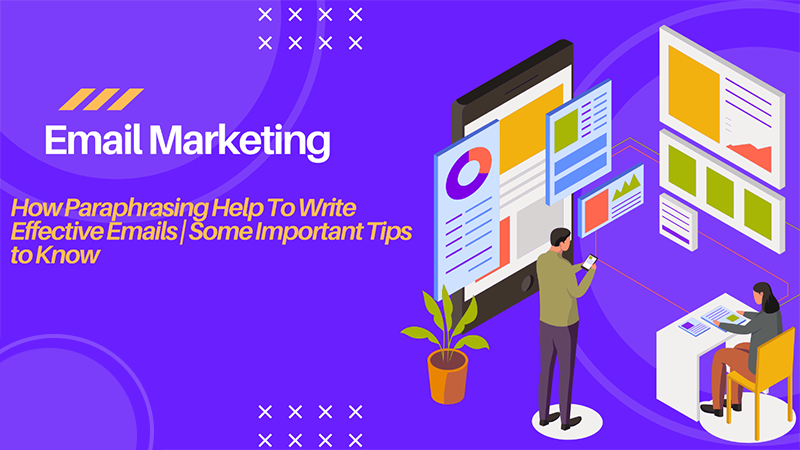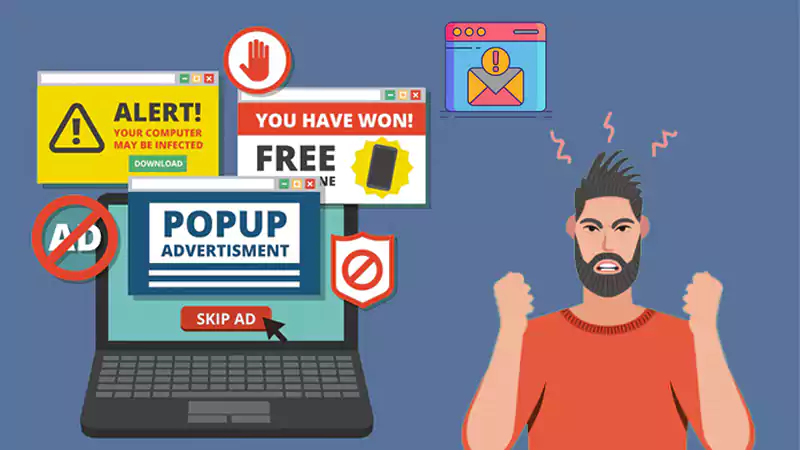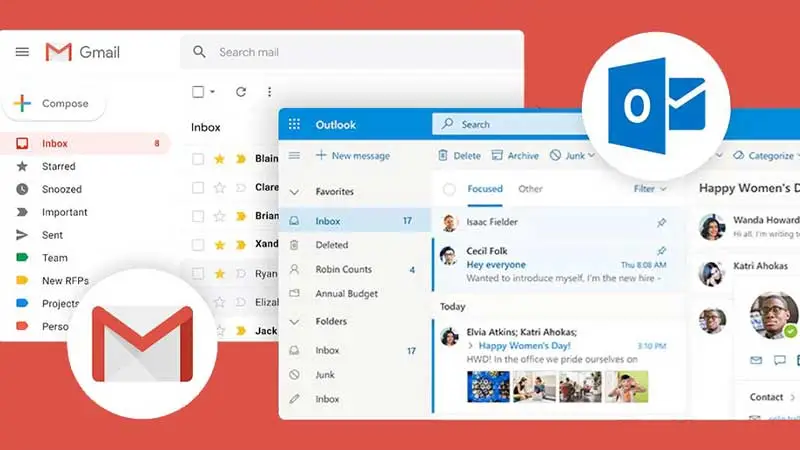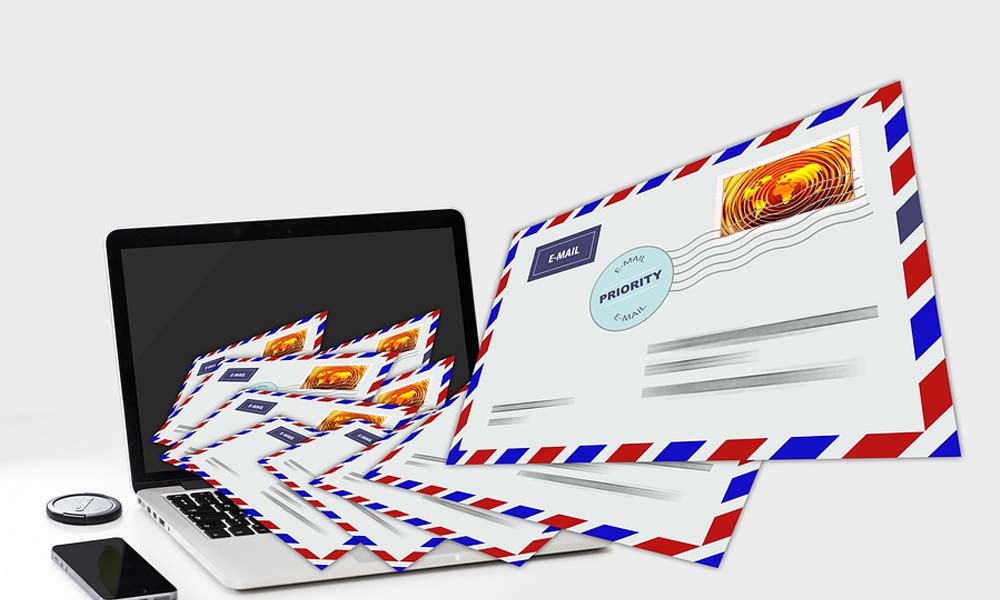Being adept in electronic communication can help you out a lot. You can write good e-mails in a work environment. You can also perform better e-mail marketing and so on.

One of the key elements of good e-mails is conciseness. The shorter your electronic e-mails are, the better they typically perform in terms of getting the attention of the recipient and inducing them to take action.
In this post, we’re first going to talk about some of the benefits of concise e-mails so that you know why you should do it in the first place. Then, we will talk about how you can do it.
Why is Conciseness the Key to Effective Email Communication?
Some reasons why conciseness is the key to effective e-mail communication are provided below:
- First of all, concise electronic mail is short. They don’t take up a lot of the recipient’s time, which is why they are less daunting. The recipient is less likely to dismiss a short and easily readable e-mail.
- To a degree, concise e-mails can also show the proficiency of the sender. In other words, they can show that the person sending the e-mails is a good communicator, which is why they are able to convey their message in so few words.
Fast Fact:
As per the latest study, 56% of respondents said they have at least three email addresses.
When the recipients get this type of signal from the sender, they can be inclined to respond and continue the communication.
- Concise emails are easier to write on the sender’s part. If you prioritize conciseness, you can prepare and send messages quickly and more easily. This can also help make communication effective by speeding it up.
Now that we’re done looking at some of the reasons that you should focus on conciseness when writing e-mails, let’s move on to look at how exactly you can do that.
How to Write Concise Emails for Better Communication: Actionable Tips
Use active voice instead of passive voice
Active voice and passive voice are two grammatical classifications of how sentences can be structured.
In active voice, the subject comes first, and the object comes later.
For example, a sentence in active voice would be written as:
The boy opened the door.
On the other hand, in passive voice, the object comes first, and the subject comes later.
The same sentence in passive voice would be:
The door was opened by the boy.
As you can see, even in our brief example, the sentence written in active vocalization is shorter than the one written in passive vocalization.
If you keep using active vocalization in your electronic mail, the draft will come out shorter and more concise. Here is an example:
E-mail written in passive voice:
The report was seen by the team. The next steps have been proposed by the committee and the new strategies will be implemented by our workers.
E-mail written in active voice:
The team saw the report. The committee proposed the next steps, and our workers are implementing the new strategies.
Make use of bullets
This is also a good tip to follow if you want to make your electronic mail concise.
If you are writing a long e-mail in which you are planning on discussing a lot of points/factors, it can be a good idea to use bullets.
Even if the words in the bulleted list amount to the same number as in normal paragraph style, the bulleted arrangement alone makes the text look easier to read.
Consider this example.
An employee has to inform their boss that the project was successful, but it did not yield the same results as they expected. There were some problems with the machine working. Firstly, it did not start by the anticipated time. Secondly, it was rusty so it did not run as fast as they wanted. And thirdly, it did not have enough power to go to completion.
If they write it like this, it’s a long paragraph that’s hard and unappealing to read. But if they were to use bullet points, it would become:
The project was successful, but it did not give the required results. There were some problems with the machine’s working, such as:
- It did not start in time
- It was rusty, so it did not run properly
- It did not have enough power to finish the process
Writing it like this makes it so much more concise and easier to read.
Keep your sentences short
This is a simpler tip, but it’s vital all the same.
If you pay attention to individually keeping each of your sentences short, it can affect the conciseness of your overall message. For example, the ideal sentence length is up to 20 words. But if you are aiming for conciseness, then you should keep it shorter, like up to 15 sentences.
When you have this goal in mind, i.e., keeping the sentences short, you will be able to automatically convey your required message more concisely.
Try summarizing your longer drafts
Sometimes, it can be hard for you to understand how exactly you can make a message concise. There could be just a lot of things to mention, and you may be unable to make it short straightaway.
That’s okay.
Here is what you can do:
- You can write the message out as you want. You can make it as long as you need as long as you convey all the significant points.
- Then, once you’re done, you can read it all from start to bottom when looking at any corners that you can cut. Even if it means shortening a phrase to a word, you should make the change.
- Then, once you have absolutely exhausted all means of shortening the message, you can run it through an online summarizing tool.
Online summarizing tools are pretty much what they sound like.
They are tools that shorten and summarize the provided content in such a way that the core message is kept intact, but the length is significantly reduced.
To give you an example of what we mean, we’re going to show you one of them in action. Here is a tool called Summarizer.org. We are going to give this tool a large email, and then we will see how it shortens it:

So, the summarization in this instance was a bit drastic but successful nonetheless.
The tool shrank 278 words into 52 and encapsulated the entire message in a few words. However, it did change the whole first-person tone to a descriptive one.
You can use these tools even if you just want to get an idea of how to shrink your text. Even if you don’t go with the exact output, you can get some help from them.
Final Thoughts
Writing concise e-mails can help you out a lot, and it’s not that difficult. We have talked about some tips that you can follow for it.
You should firstly be careful to use active vocalization rather than passive vocalization. Using bullet points and lists is also a good technique.
You should also stick to a shorter average sentence length, and use summarizing tools for assistance where you feel stuck.


